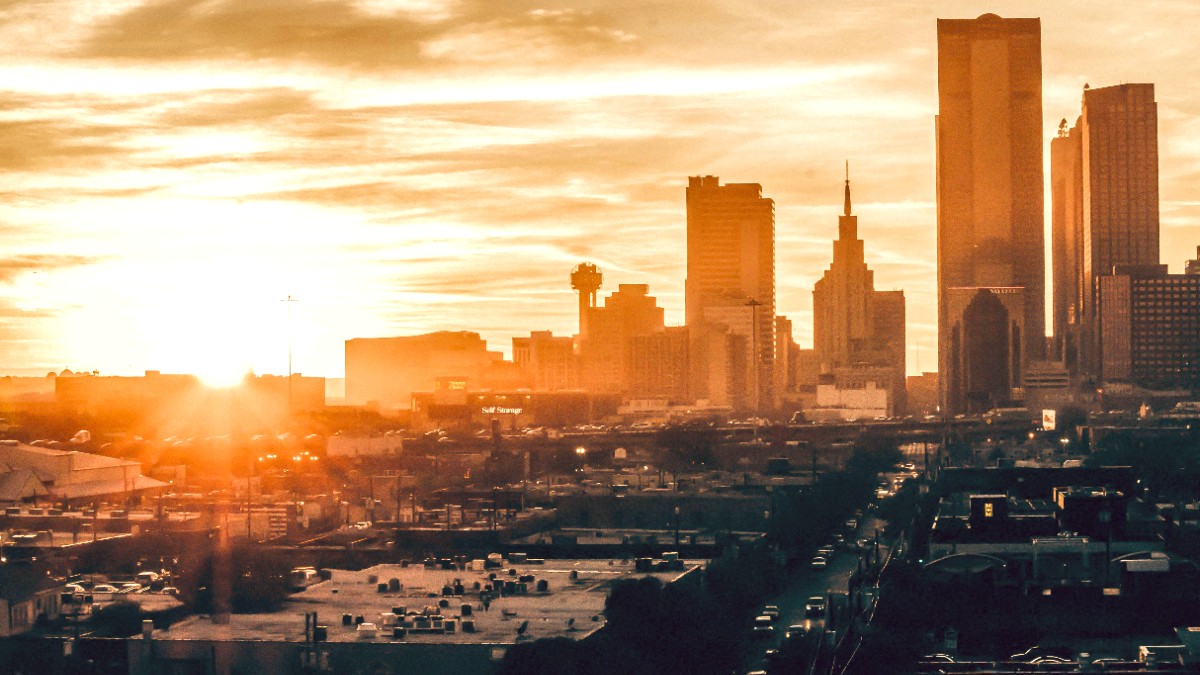
Texas, USA
Whether your interest lies in history, culture, entertainment, or simply experiencing the lively energy of a major American city, Dallas extends a warm invitation. This guide offers insights for a memorable journey.
The city's expansive layout means attractions span various neighborhoods, from the historic West End to the upscale Uptown. Planning your visits by district may ease movement around the city.
Public transportation, ride-sharing, and car rentals all support moving between Dallas's many points of interest. Each method supports a different travel style.
Dallas is a major city in North Texas, situated on the Trinity River. It is part of the Dallas-Fort Worth Metroplex, a sprawling urban area that encompasses numerous cities and suburbs, forming a significant economic and cultural hub in the southern United States.
The city's terrain is relatively flat, characterized by prairie land and urban development. While not mountainous, Dallas features green spaces, including parks like Klyde Warren Park and the Dallas Arboretum, along with bodies of water like White Rock Lake. The urban landscape includes modern skyscrapers and historic districts.
Approximately 30 miles (48 km) west, a roughly 30-45 minute drive.
About 195 miles (314 km) south, a 3-hour drive.
Around 240 miles (386 km) southeast, a 3.5-4 hour drive.
Around 270 miles (435 km) south, a 4-hour drive.
About 200 miles (322 km) north, a 3-hour drive.
Dallas experiences a humid subtropical climate with hot summers, mild to cool winters, and pleasant spring and fall seasons. Summers are notably hot and humid, with temperatures frequently reaching high levels. Spring brings pleasant warmth but also the potential for severe thunderstorms. Fall and winter months generally have milder temperatures.
From June to August, daily highs often exceed 90°F (32°C), sometimes climbing above 100°F (38°C). Humidity is substantial, making the heat feel more intense.
March through May sees mild to warm temperatures (60°F-80°F), but this is also the wettest season with a potential for strong thunderstorms.
Being located in "Tornado Alley," Dallas experiences its most active period for tornadoes during spring, specifically in April and May. Travelers should monitor local weather forecasts.
Dallas has a rich and complex history, evolving from a small trading post to a global city. Its past includes pivotal moments in American history, significant economic development, and cultural movements.
The city's evolution from a cotton and oil town to a modern tech and financial hub mirrors broader shifts in the American economy.
Founded in 1841 by John Neely Bryan on the banks of the Trinity River, Dallas quickly grew as a trading post, strategically positioned for trade and agricultural production, especially cotton.
In the early 20th century, Dallas became a hub for the oil industry, though it did not sit directly on major oil fields. Its strategic location and financial infrastructure supported the boom, transforming it into a prominent business center.
Today, Dallas is a global city with diverse sectors, including technology, finance, fashion, and arts. Its rapid growth and dynamic economy draw people from around the world.
Dallas is an unique and somber place in American history as the location of President John F. Kennedy's assassination on November 22, 1963.
A leading center for business, finance, and technology, Dallas buzzes with innovation and opportunity.
Home to the largest contiguous urban arts district in the nation, Dallas provides numerous museums, theaters, and performance venues.
A diverse culinary scene from authentic Tex-Mex and BBQ to upscale fine dining. The city caters to all tastes.
An extensive public transit system connects areas, including the airports and downtown.
Uber and Lyft are widely available for convenient, on-demand travel throughout the city.
Ideal for exploring the wider Dallas-Fort Worth Metroplex, though traffic can be dense during peak hours.